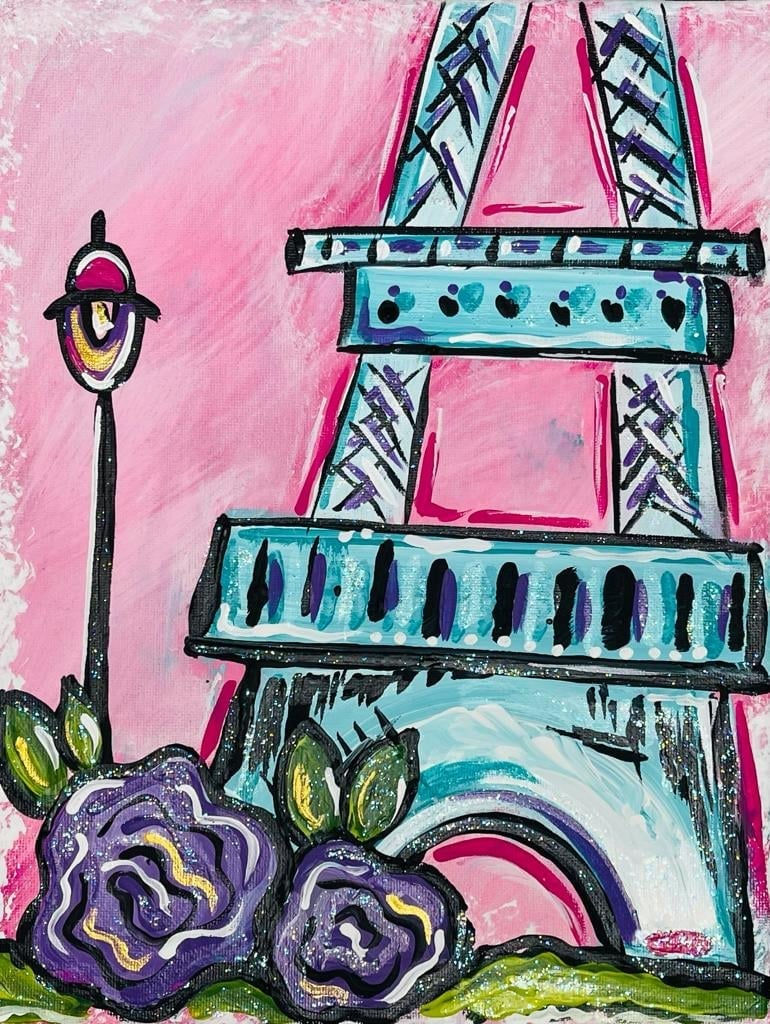How an Artist Helped Yellowstone Become a National Park
- Danielle Jones

- Jul 28
- 2 min read
This summer, our family set out on a one-month road trip across the American West—a journey filled with jaw-dropping views, hikes with kids who somehow always had more energy than us, and moments that reminded us just how big and beautiful this country really is. One of the places that left me in complete awe was Yellowstone National Park.
Not just because of the geysers or the bison (though those were unforgettable), but because of the story behind how it all began.
Would you believe me if I told you an artist helped start it all?

Back in the 1800s, Yellowstone was still mostly unknown to the American public. It was wild and remote—far from the cities, tucked away in rugged mountain terrain. Explorers had been there, of course. But few believed the stories they came back with. Boiling mud pots? Rainbow-colored hot springs? Waterfalls taller than Niagara? It all sounded too unbelievable—like tales from a storybook.
Enter Thomas Moran.
He was a young landscape painter when he joined the Hayden Geological Survey of 1871. The team set out to explore the wild and largely unknown Yellowstone region, and Thomas Moran came along to document it through art. Over the course of 40 days, he sketched steaming geysers, vibrant hot springs, and sweeping canyons—all with watercolors and pencil, capturing quick impressions as they traveled.
He spent just four days at the Grand Canyon of the Yellowstone—but those four days left a lasting impression.
Back in his studio, Moran transformed his field sketches into something unforgettable: a sweeping, fiery oil painting of the canyon. It was seven feet tall and twelve feet wide, it was bold, dramatic, and unlike anything Congress had seen!
Suddenly, the unbelievable became visible.
People could finally see what the explorers had tried to describe—the golden canyon walls, the thundering waterfall disappearing into mist, the surreal beauty of untouched wilderness. Moran’s painting—shown alongside photographs by William Henry Jackson—helped persuade Congress to protect the land.
Over two million acres of it.
And in 1872, Yellowstone became the first national park!

All because someone picked up a brush and told the truth of the land through color and canvas.
Standing at the edge of that same canyon with my family this summer, I was in awe. Not just because of the view (which truly felt like stepping into a painting), but because one artist made such a massive impact.
He didn’t protest.
He didn’t argue.
He painted.
And it worked!
That painting—“The Grand Canyon of the Yellowstone”—now hangs in the Smithsonian American Art Museum. A towering, dramatic oil painting that helped convince a nation to protect something wild and sacred. A lasting reminder that art can change things.
As a fellow artist, it stirred something deep in me. Creativity can move people. It can protect what matters. It can tell the truth in a way that stays with us.
So thank you, Thomas Moran, for helping us all see Yellowstone—then and now.
And to anyone who wonders if your creativity matters: One painting helped save a national treasure.
Keep creating, it matters more than you think.
—Danielle Jones
.png)







Comments